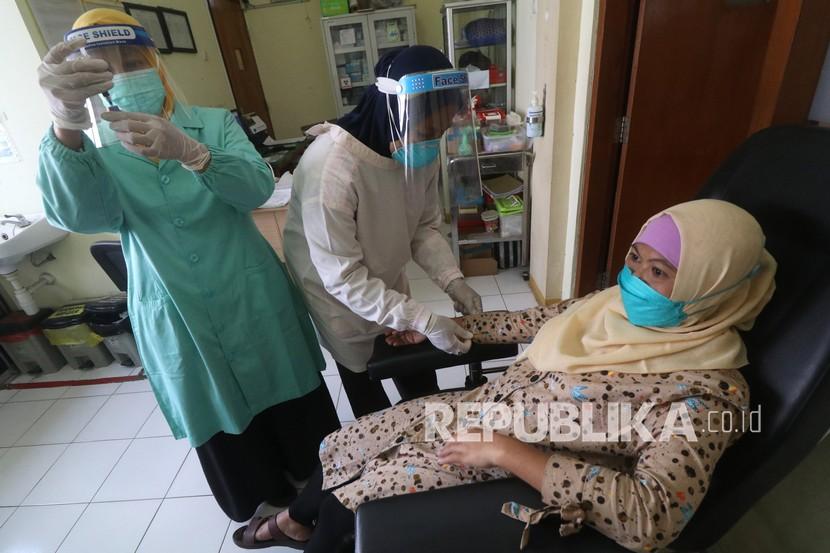Doctors say children with HIV can grow normally by continuing to take ARV.
REPUBLIKA.CO.ID, JAKARTA – Head of the Division of Allergic Immunology, Department of Child Health, RSCM Dr. dott. Nia Kurniati, SpA (K) stated that children infected with human immunodeficiency virus (HIV) can grow normally if they regularly take antiretroviral drugs (ARVs).
“Generally, in the first 6 months the condition is still high and low (after ARV administration). You can have diarrhea again, you can have yeast infections again. But after 6 months we can see the pattern, those who get ARV and then adapt, it can be as healthy as normal children, so it can grow to a great extent, “said the pediatrician in the webinar” HUT 103 RSCM “following in Jakarta, Thursday (3/11/2022).
He explained that HIV-infected people usually don’t show certain symptoms unless the person has other conditions such as comorbidities. In HIV-infected infants.
Nia said they may experience poor nutrition or not gain weight due to continued inflammation. If there was no intervention in the form of drugs, Nia said the baby’s condition could worsen even as doctors tried to improve comorbidities such as malnutrition.
Therefore, it is important to provide ARV therapy so that children grow normally. Nia said HIV infection can affect all age groups. In babies, HIV transmission usually occurs through the transmission of fluids from biological mothers, both during pregnancy, childbirth, and postpartum through breastfeeding.
He estimates that 95 percent of HIV transmission cases from biological mothers occur. While the remaining 5% of HIV transmission to children can occur through medical procedures such as transfusions.
“Although good screening has been done, in the past we have received cases of HIV infection through transfusion procedures. But generally, 95% of HIV infections in babies are passed on from their biological mothers,” said Nia.
When HIV transmission occurs while the fetus is still in the womb, the mother may not realize the exact time the transmission occurs because it flows smoothly during the pregnancy process.
During delivery, the baby can also become infected if the mother’s blood enters the baby’s wound or when the mother’s vaginal fluid is ingested by the baby. “At that moment the infection had entered, it just wasn’t immediately giving symptoms,” she said.
Nia said visible symptoms could appear after the baby is born a few months later. Usually, healthcare professionals often find symptoms in the form of pneumonia or yellow hepatitis in babies between the ages of three and four months.
“Then, there are also symptoms of tuberculosis and itching when the baby is over a year old,” she said.
source: Tra


